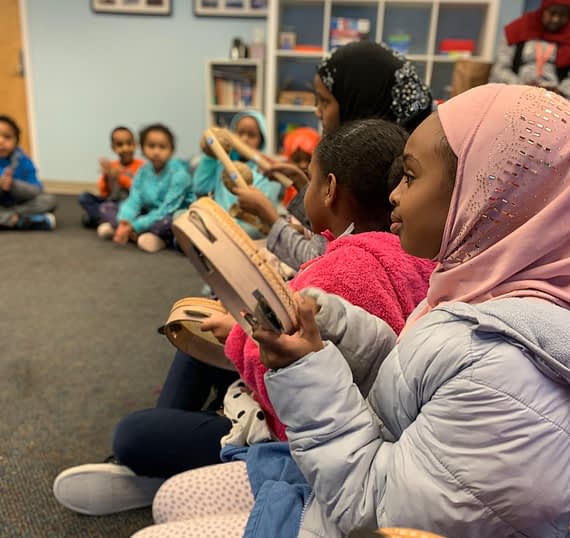- Phone No: (206) 721-1119
- 7050 32nd Ave South, Seattle, WA 98118
- 20812 International Blvd., SeaTac WA 98198
FOLLOW US:
Hilal Mohamed, Programs Manager

Culturally competent Afterschool Programs to honor and preserve values and traditions. designed for Elementary (K-4) and Middle School (5-8). The EACS Model encourages academic performance, healthy self-esteem and self-image, leadership, and college/career exploration. Our programs at EACS are focused on youth and education.
The Need: Current EACS educational programming includes after school programs as well as summer programs for K – 12th. EACS developed those programs to meet the needs of students. A – comprehensive mentorship adapted for multicultural youth in our community. Children in middle and high school face unique challenges developmentally as they grapple with adolescence.
The East African Youth face additional challenges adapting their culture and values into the social and developmental fabric of the United States as immigrant children and children of immigrants and refugee community. East African youth have higher criminal and high school dropout rates in the king county area. Middle school, however, offers a tremendous opportunity to mentor and transform students for powerful outcomes.
K-12 Afterschool program is offered at free or discounted cost to Seattle Housing Authority youth and any other families that lack of ability to pay, alleviating financial barriers that could prevent participation in other programs. We alleviate challenges of added transportation costs by providing youth programming in the neighborhoods where our families live.
Our primary focus is addressing the needs of under-served East African youth, specifically children of refugees. More than 80% of the youth in our program are Somali, 13% are Ethiopian, and 4% are Eritrean/Somali. Approximately 85% of the youth in our program are Muslim. 76% of youth participants we serve are low-income as represented Free and Reduced-Price Lunch eligibility. Languages spoken at home include Somali, Amharic, Tigrinya, Oromo, and Afar. A vast majority of East African families living in Seattle originally came to the city as refugees. 20% of our students are refugees who were born abroad and 80% of our students are the children of East African refugees.
Programming is offered five days per week for the entire school year, from 4:00 p.m. to 7:00 p.m.
Parental income has become one of the most powerful predictors of student achievement.